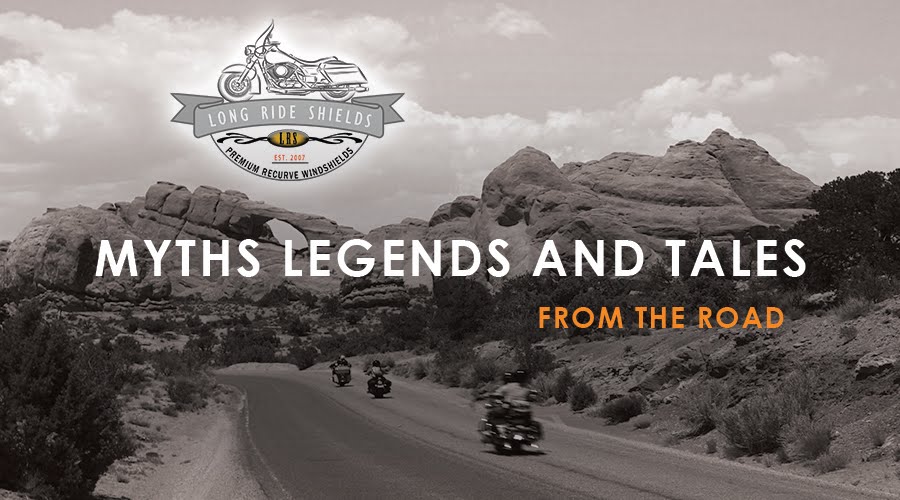"John" - is a veteran of more than two decades and has served with distinction while in the army, and working in the shadows for an "Other Government Agency" our hero, who has asked for anonymity, has been there and done that to include working EOD as a Special Forces soldier in South America. He has had his own close calls and if you buy him a beer will tell you some of the coolest stories you ever heard. In our opinion "John" is one BAMF.
During our interview we talked about a lot of things that had tremendous meaning with regards to our military today, and those who bore the sacrifices of battle, however we touched on one very important theme that we feels bears repeating and that we know will resonate with bikers across the world.
Throttle Therapy! - Dealing with PTSD
We asked john why he rides a motorcycle to begin with (he has four of them), his answer was simple:
"You will never see a motorcycle parked outside a Therapists office!" he said,
After discussing what "John" meant he explained more, and in so many words reminded us that those that die are not the only casualties of war; PTSD (Post Traumatic Stress Disorder) is something that most soldiers bring home with them and in many circumstances it can ruin their lives even as if they were dead, and in the worst scenarios has led some to take their own lives.
"Throttle therapy is my way of dealing with the stress of this world" John told us - " when I'm on that bike I am in Control, I have the reigns and the bike responds to my commands, yet in the some manner I am at the mercy of the road, I am free for the next few hours as I ramble down the road. During that time I'm not thinking about my problems or the past, I'm in the moment and I'm in control."
If you are reading this post then you are most likely ride a motorcycle, if you ride then you know exactly what "John" meant, riding a motorcycle is the Ultimate escape, the ultimate freedom, and to those like "John" who need to deal with their demons, Throttle Therapy may be one of the best ways to hold on and make your way through life.
It's no wonder to us at LRS why so many current and former members of the Armed Services ride motorcycles, and we know exactly what feelings and sense of satisfaction comes with the lifestyle, and so today on Memorial Day we will ride, and we will be reminded of those , who like "John" have made sacrifices for our freedom, We hope that today you heroes will also ride and be free!










